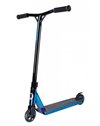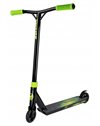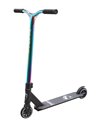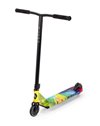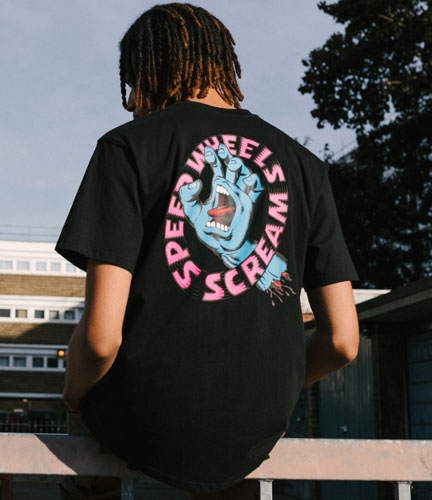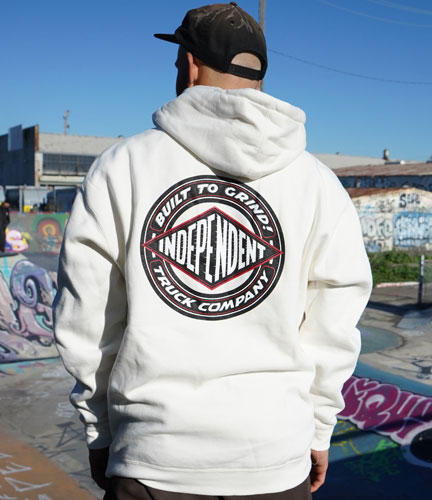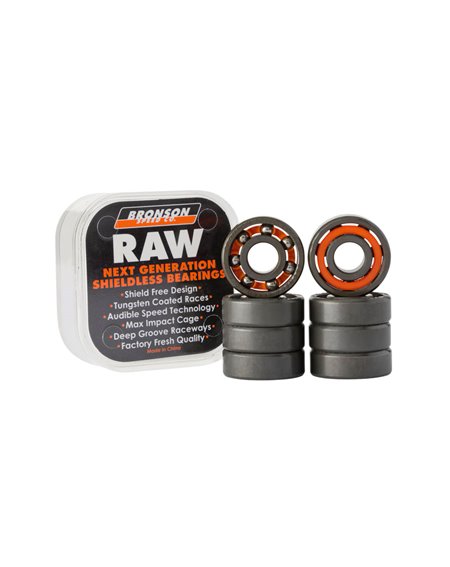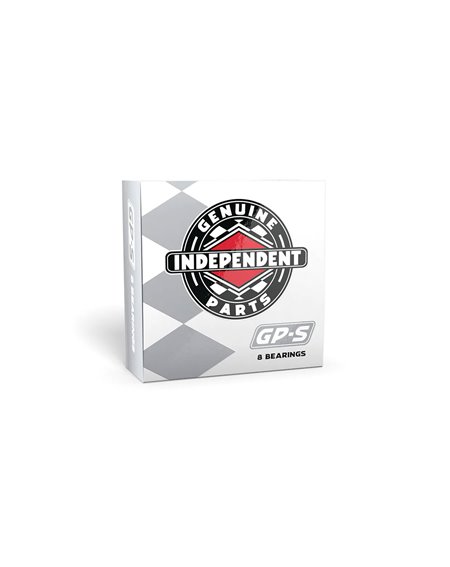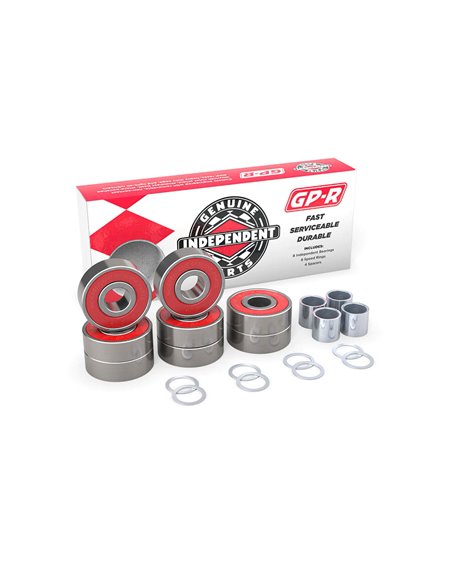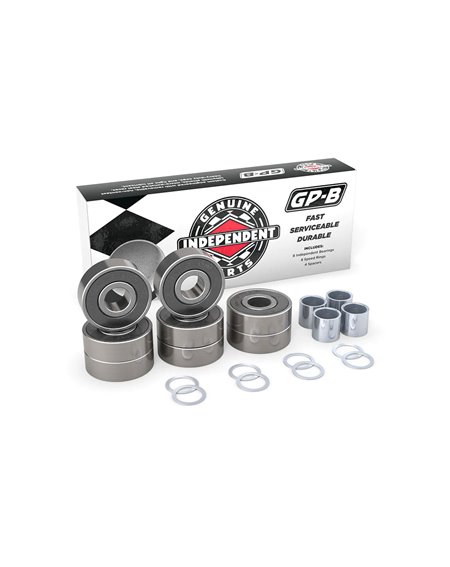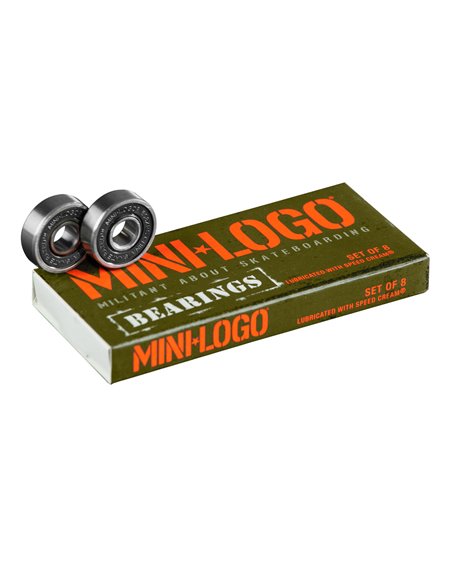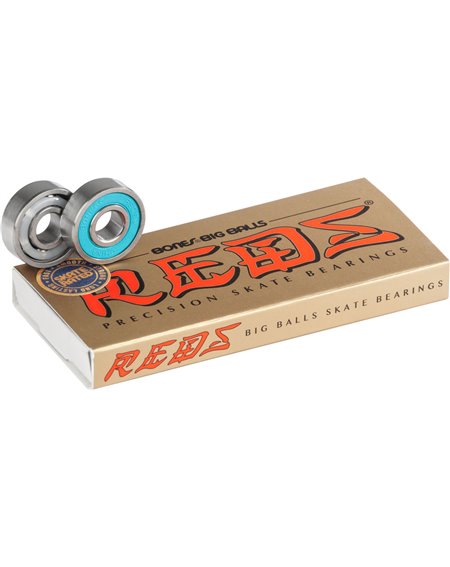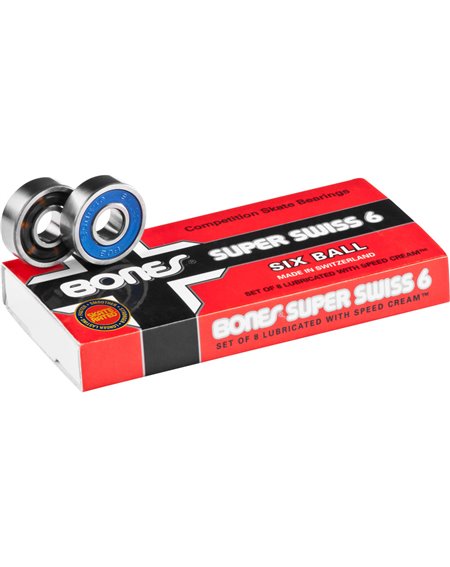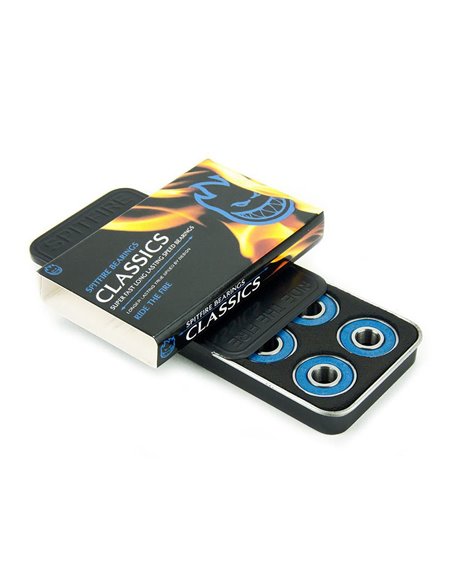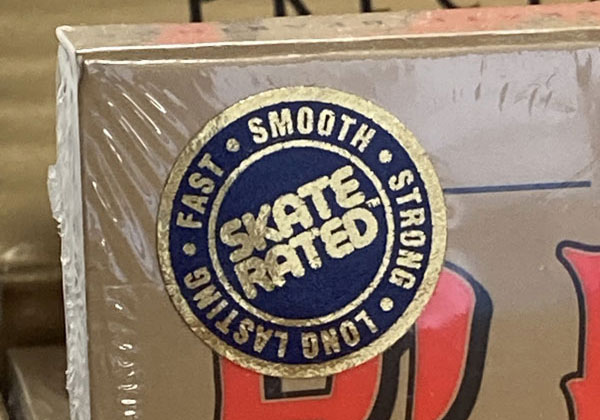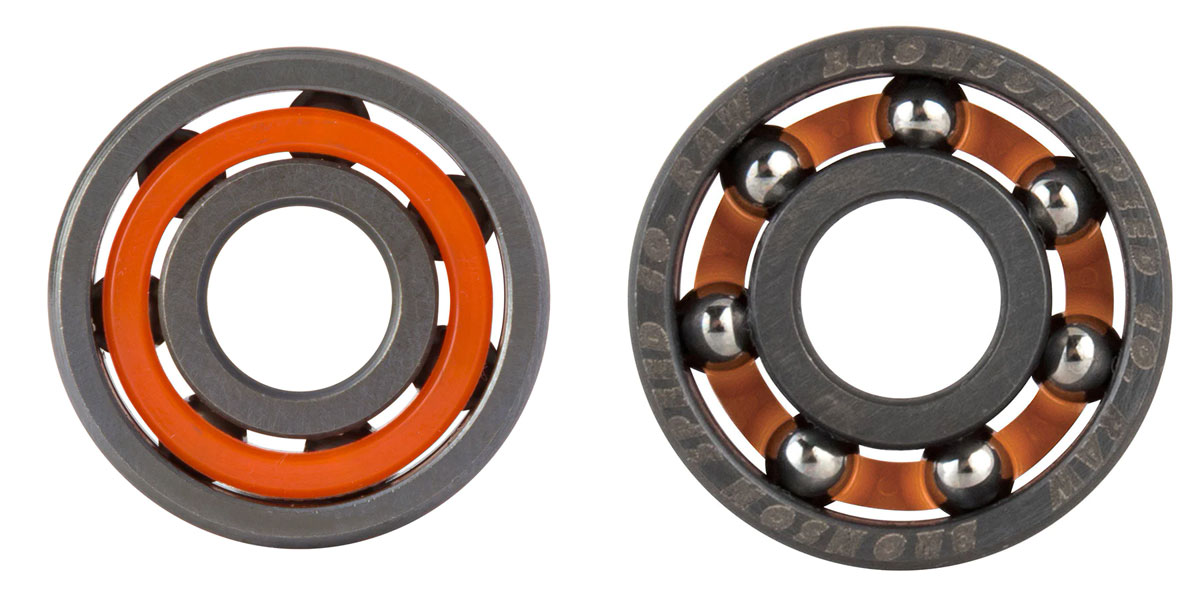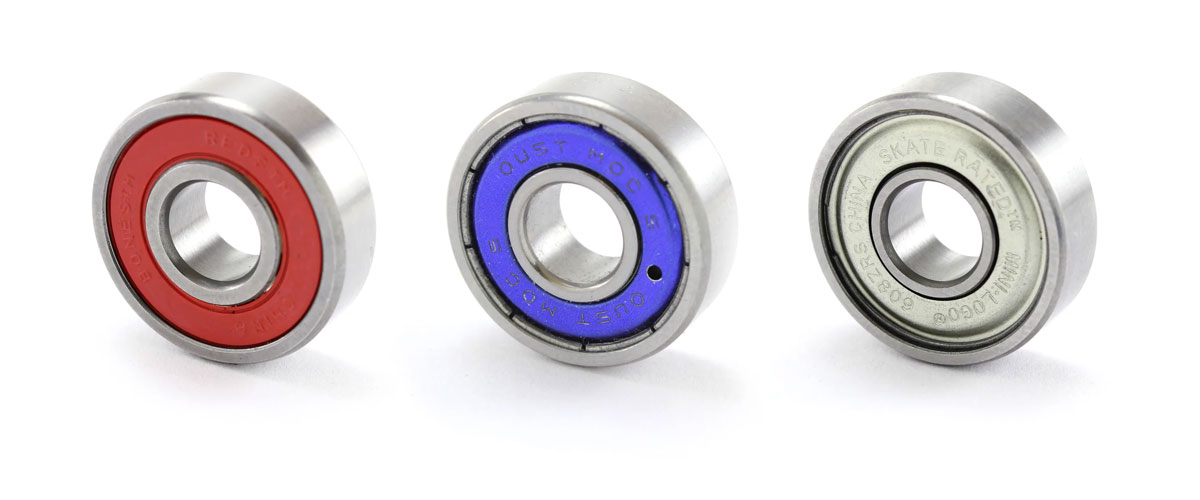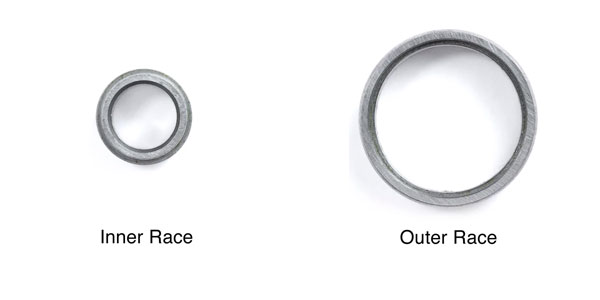Bearing balls are the beating heart of these essential skateboard components and they are at the center of one of the most heated debates in the world of skateboard bearings: ceramic or steel?
Ceramic Skateboard Bearings
Ceramic bearings are known for their ceramic balls, which are considered superior as they are more durable and smoother than standard steel balls. Although these bearings are significantly more expensive, their price doesn't necessarily translate to superior performance.
It's essential to note that "ceramic" refers only to the bearing balls, while the inner and outer races remain in chrome or stainless steel, creating hybrid bearings.
A tangible advantage of ceramics over steel is resistance to corrosion, i.e., rust. However, ceramic bearings are hybrids, and therefore, the inner and outer raceways are still subject to corrosion.
Another advantage of ceramic balls is their lightweight nature, reducing friction and allowing for greater acceleration and speed. Ceramic bearings are generally considered high-end and are preferred by professional or advanced skaters. However, their higher cost makes them less accessible to beginners or occasional skaters.
Steel Skateboard Bearings
Most skateboard bearings consist of balls, an inner ring and an outer ring made of chrome steel, sometimes referred to as carbon steel. Steel is known for its ductility and elasticity, allowing it to maintain its original shape even under heavy loads. Additionally, it's a relatively inexpensive material, with quality bearings costing between 15 and 30 euros per set.
The components of a steel bearing are polished and smoothed to minimize friction. Steel requires the application of lubricant to allow the parts to move smoothly under load and protect them from corrosion (rust).
Most skateboard bearings are made of chrome steel, although there are variants in stainless steel (inox steel) with balls and sometimes raceways made of this material. Stainless steel is more resistant to rust, making bearings of this material suitable for skating in humid conditions. However, stainless steel is softer than chrome/carbon steel, which means stainless steel bearings may not last as long.
Our recommendation is to opt for chrome/carbon steel bearings and maintain regular bearing cleaning. Alternatively, you should avoid skating on wet surfaces to preserve the longevity of your bearings.


